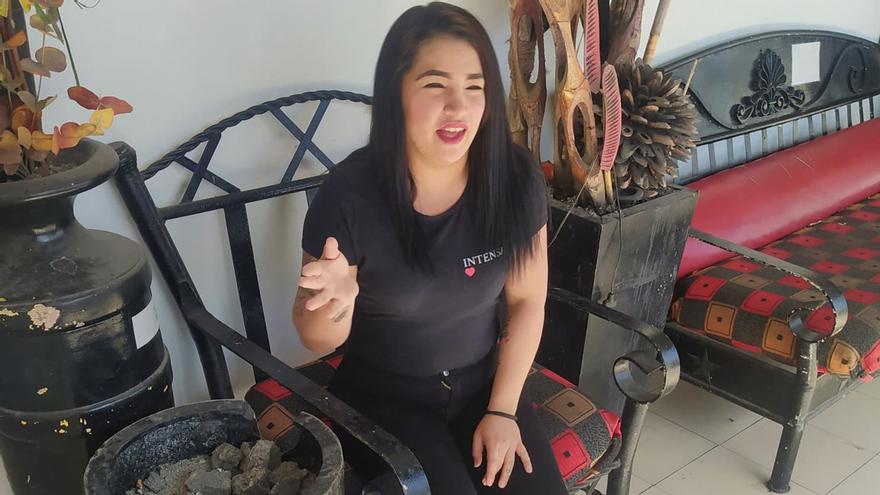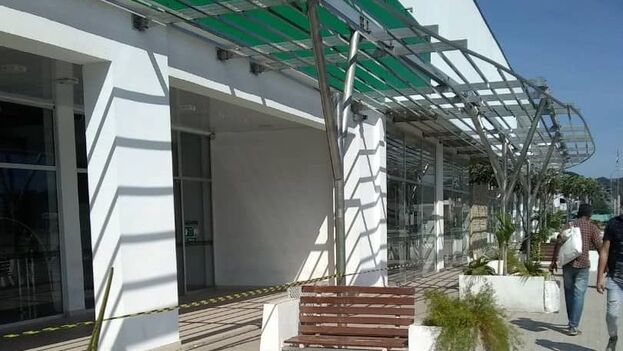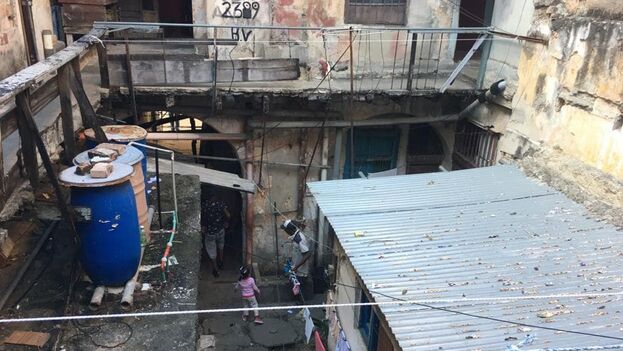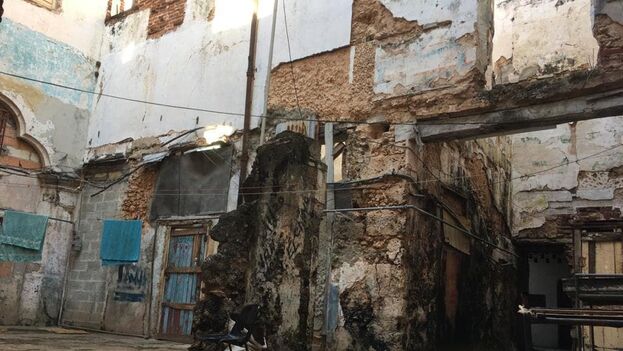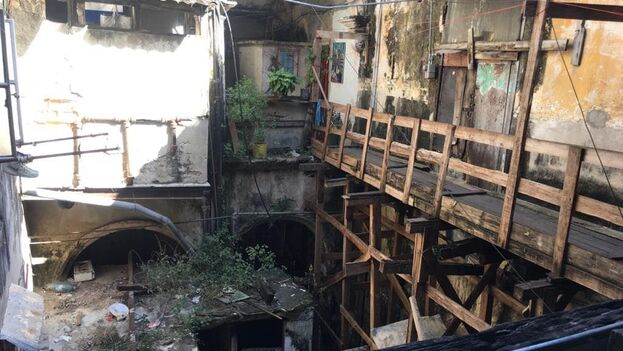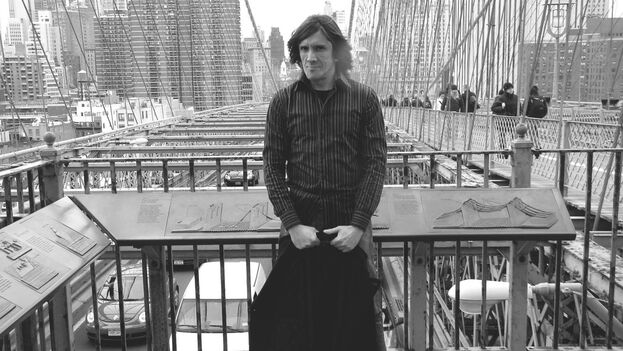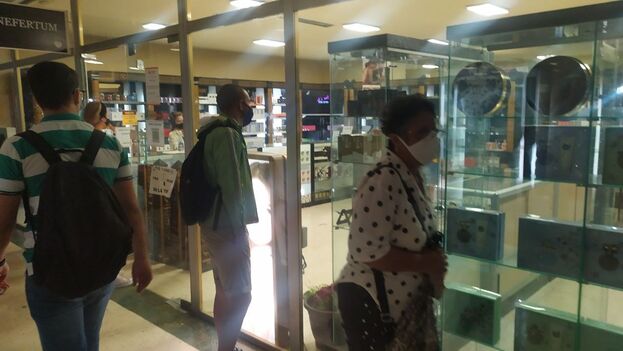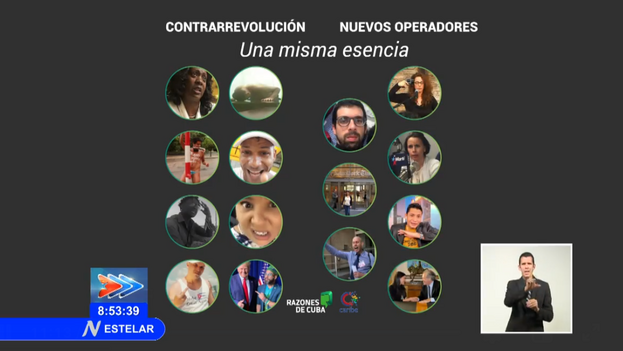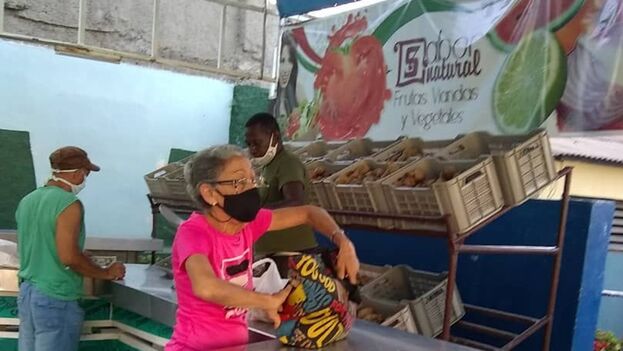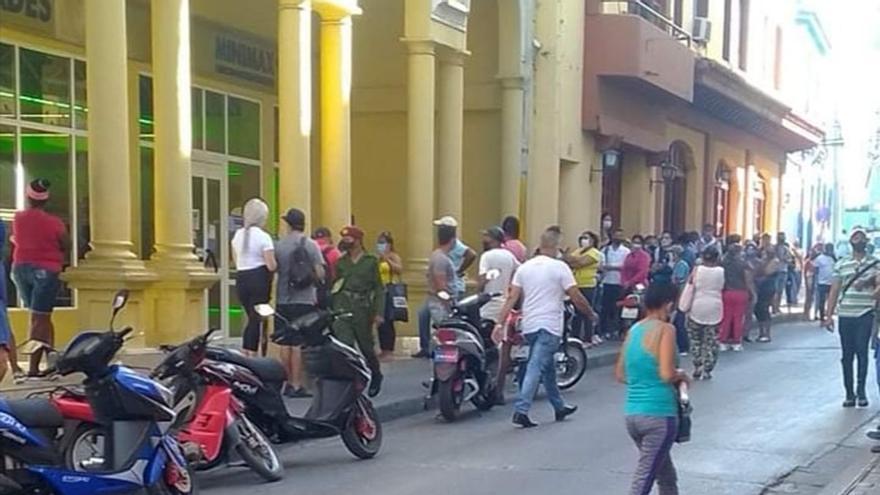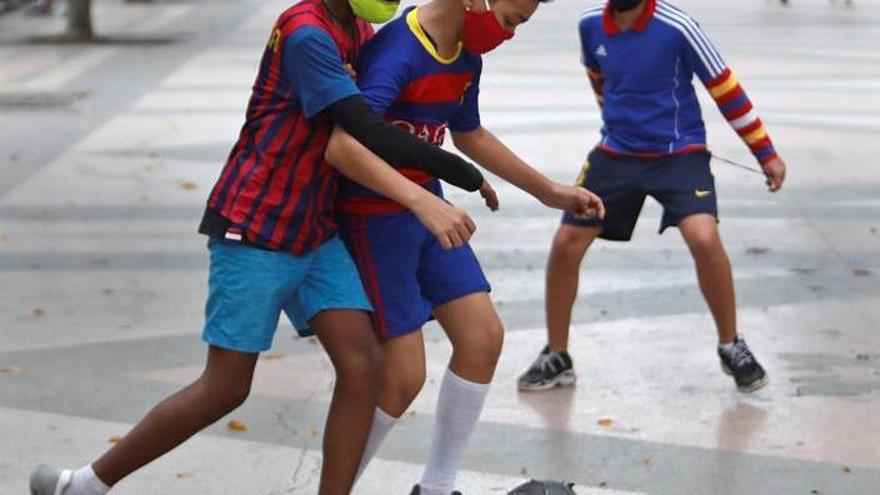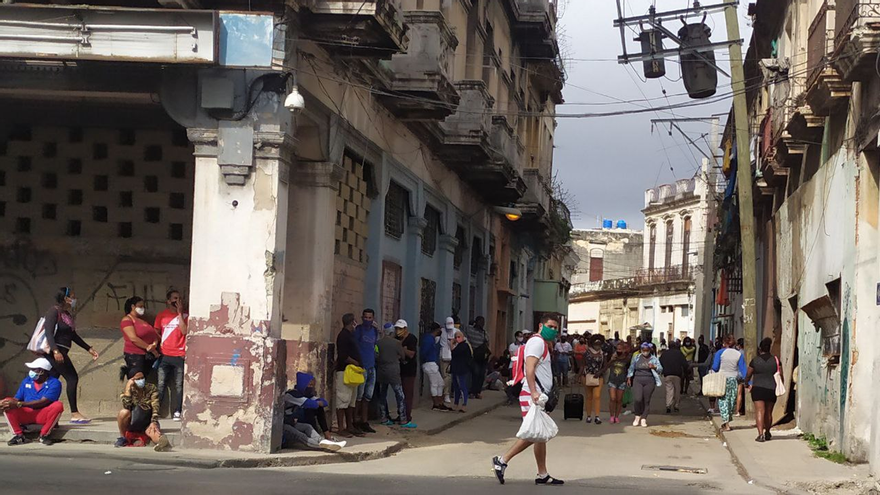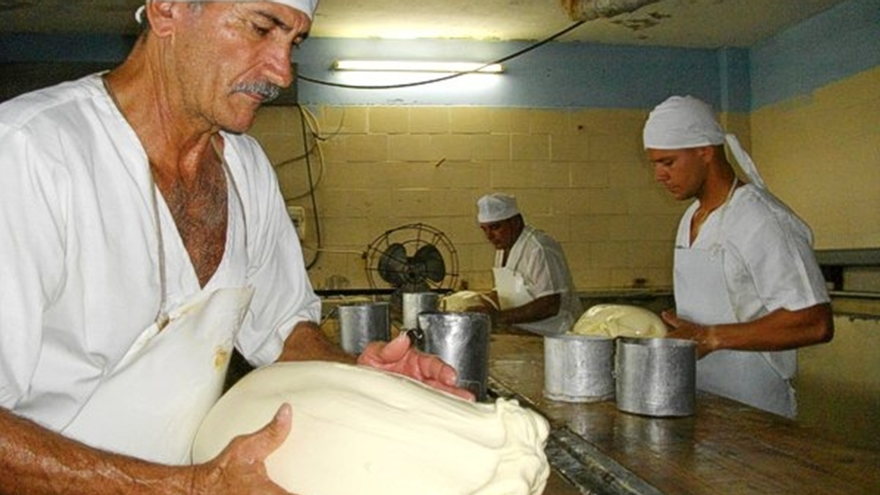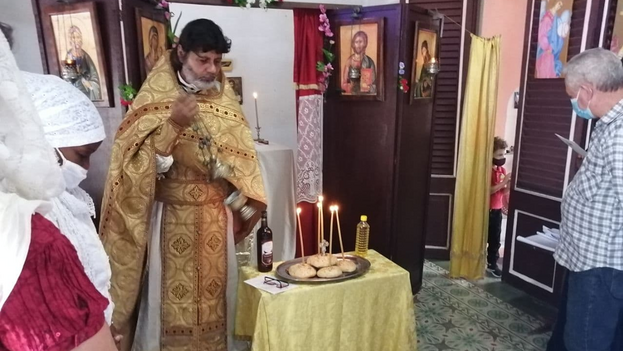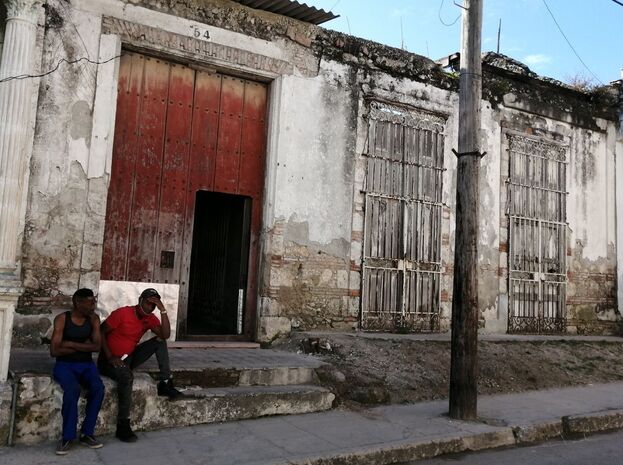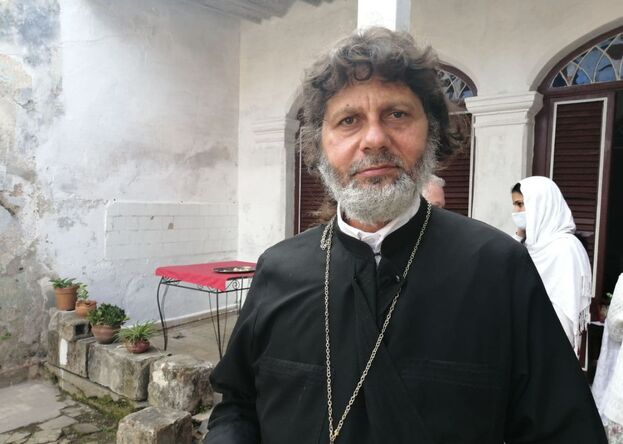
![]() 14ymedio, Havana, January 13, 2021 — The Gabo Foundation has gotten another scolding from the Cuban government for including three independent journalists in the list of finalists for its annual award.
14ymedio, Havana, January 13, 2021 — The Gabo Foundation has gotten another scolding from the Cuban government for including three independent journalists in the list of finalists for its annual award.
The relationship between the two parties has all but collapsed since the Foundation for a New Ibero-American Journalism, an organization founded by García Márquez in Cartagena, Colombia, asked the Cuban government to lift a fine it levied against independent reporter Monica Baró, a winner of one of its prestigious awards, and allow her to freely practice journalism.
The new clash began on January 7 when the foundation announced its selection of forty works competing for the 2020 Gabo journalism prize, postponed until January 21 due to the Covid pandemic. A total of 1,443 works were submitted, from which the jury chose ten for each of the four categories.
Among the finalists are pieces by three independent Cuban journalists: Argelia Flores Is a Tough Woman by Abrahim Jimenez, published on the independent website El Estornudo; The Price of Nickel by Cynthia de la Cantera, and YucaByte by Alberto Toppin. continue reading
“These works stand out for their solid research and reporting, high narrative and technical quality, and ability to upset the powerful by portraying the complex realities of Latin America with depth, rigor and ethics,” the foundation said in a statement.
For the Cuban government it was the last straw. This time it decided to inventory what it considered insults by the foundation created by Fidel Castro’s old friend. In an article published in Cubadebate entitled “NED Is Writing to Someone”, the first five paragraphs are devoted to praising the prestige of the journalistic award before castigating it, noting that among its finalists are “not one but two” Cuban authors who who write for “digital platforms that have recently been identified as recipients of financing from the National Endowment for Democracy (NED), Open Society Foundations and similar outlets engaging in U.S. interference in Cuba.”
The article later states that in 2017 Jorge Carrasco from El Estornudo received an award which, to make matters worse, was accepted by Carlos Manuel Alvarez, one of the country’s most internationally recognizable opposition figures after the events in November involving the San Isidro Movement.
The article also discusses what happened in 2019 when Baró received an award for a piece published in Periodismo de Barrio,a publication which, along with El Estornudo, is considered counterrevolutionary by the government.
It also points out that the Gabo Foundation invited Elaine Díaz, founder of Periodismo de Barrio, to its 2016 and 2018 awards ceremonty and, as though that were not enough, promoted the publication in an interview posted on the foundation’s website.
Cubadebate is puzzled by the fact that such a prestigious award could have come to this and offers an explanation. Over the years, it believes, the foundation has received funding from respectable institutions but also from “a web of journalistic and financial front organizations associated” with NED. As a result, it believes there has been a “distancing from the values promoted by García Márquez, who was a correspondent for Prensa Latina, a longtime companion of the Cuban Revolution and a close friend of its leader Fidel Castro.”
There was also room in this lengthly article to deplore the topics selected by the foundation, which are, in the opinion of Cubadebate, monothematic. Likewise, they mention Yoani Sanchez, director of 14ymedio, whom the paper accuses of being “committed to journalistic manipulation as well as the propagation of fake news and pro-American propaganda.” According to the article, the pattern the Gabo Foundation is now following began years ago with Sanchez when it awarded her “numerous prizes as justification for funds [she had received], and as a way to increase her visibility and facilitate her access to the pages of the international press.
The attack was echoed on Tuesday during the nightly news on Cuban television when the anchor disparaged 14ymedio’s director as a mercenary and counterrevolutionary. The TV offensive against Sanchez had an unexpected effect, however. Several passersby recognized her as she walked down the street and openly expressed their support for her.
Another organization targeted by the article is the Press and Society Institute (Ipys), which has been involved in several disputes for doing just the opposite: giving awards to government journalists. In 2020, the organization gave Ayose García Naranjo, deputy editor of the Matanzas state newspaper Girón, its Cubacrón award for the chronicle Donalciano, the Devourer of Mountains, published in the magazine El Caimán Barbudo, which was forced to decline the distinction.
It also tried unsuccessfully in 2019 to honor several government journalists such as Dayamis Sotolong (from Escambray) and Haydee Leon (from Juventud Rebelde) for their reporting.
In both instances the Cuban Union of Journalists rejected Ipys’ attempts to “buy” the reporters and its “new campaign against Cuba’s public system,” calling it counterrevolutionary.
____________
COLLABORATE WITH OUR WORK: The 14ymedio team is committed to practicing serious journalism that reflects Cuba’s reality in all its depth. Thank you for joining us on this long journey. We invite you to continue supporting us by becoming a member of 14ymedio now. Together we can continue transforming journalism in Cuba.

